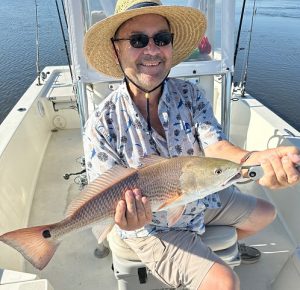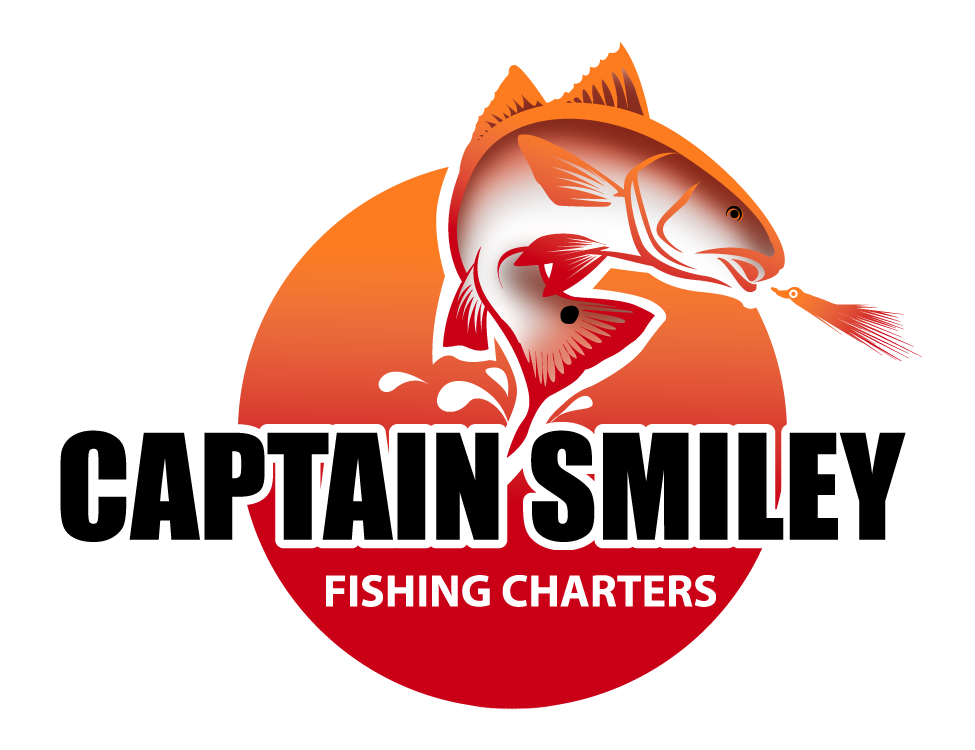 From June through November, fishing enthusiasts need to be mindful of hurricane season, especially as it peaks in the fall. The weather changes associated with hurricanes affect not just the atmosphere, but also the water and the behavior of fish.
From June through November, fishing enthusiasts need to be mindful of hurricane season, especially as it peaks in the fall. The weather changes associated with hurricanes affect not just the atmosphere, but also the water and the behavior of fish.
Many people picture an ideal fishing day as one with sunny skies, but seasoned anglers know that cloudy, rainy days can lead to more active fish. Hurricane season can bring about the turbulent weather that makes fish more likely to bite. Monitoring the barometer and understanding its implications on fish behavior is key.
Barometric Pressure and Fishing
A barometer measures atmospheric pressure, which is crucial for predicting weather changes. Standard pressure at sea level is 29.92 inches of mercury (1013.2 millibars). High pressure usually means fair weather, while low pressure indicates stormy conditions. Fish are more likely to bite during drops in barometric pressure and are less active during rising pressure.
Fish are sensitive to environmental changes. They have lateral line systems that detect movement and pressure changes in the water. Many fish also have swim bladders that help them control buoyancy, which are affected by air pressure changes.
Effects of Weather Elements on Fishing
Water Temperature:
The ocean’s layers are defined by temperature and density, with a warm surface layer and colder depths. Hurricanes can mix these layers, disrupting the habitats fish have adapted to. Warmer water holds less oxygen, making fish more active but requiring more food, while colder water holds more oxygen, making fish less active and needing less food.
Wind:
Wind drives ocean currents and can create significant waves. Hurricanes cause strong currents that can mix water layers, alter salinity, and stir up sediment, affecting fish behavior and habitat. Strong winds can also change dissolved oxygen levels, impact water clarity, and introduce contaminants into the water.
Rain:
Rainfall can alter salinity and water temperature, especially in shallow areas. Heavy rain can wash debris and nutrients into the water, affecting fish feeding patterns and migration.
Timing Your Fishing Trip
Fishing is best just before a storm, as fish become more active when the barometer drops. After the storm, as the pressure rises, fish tend to be less active. It’s essential to time your trip based on barometric changes:
- Rapid changes (>0.18 in Hg in <3 hours) indicate strong storms.
- Slow changes (0.003 to 0.04 in Hg in 3 hours) suggest prolonged weather patterns.
- Steady pressure means stable weather.
Safety Precautions
While hurricane season can provide excellent fishing opportunities, safety is paramount. Avoid fishing during actual hurricanes or severe storms. NOAA warns that hurricanes can create 60-foot waves and strong undercurrents, posing significant risks.
Be Prepared
Hurricane season offers great fishing opportunities, but anglers must be prepared for sudden weather changes. Experienced captains and crews can navigate these conditions safely and effectively. Captain Smiley Fishing Charters is a valuable resource for finding skilled guides who understand the weather and fish behavior.
While hurricane season brings challenges, it also offers unique fishing opportunities. Understanding weather patterns and being prepared can lead to successful and safe fishing adventures. Call Captain Smiley Fishing Charters to book your next fishing adventure. We have a great fishing opportunity from 5 – 9 when the weather is cooler.
Captain Smiley Fishing Charters LLC
4495 Baker St
Little River, SC 29566
843-361-7445
https://www.captainsmileyfishingcharters.com

